Haiga Rice, arugula, garlic chives, mustard seed & lemon , and Raw Asparagus Salad
Shelley Boris’ Fresh Company Salad
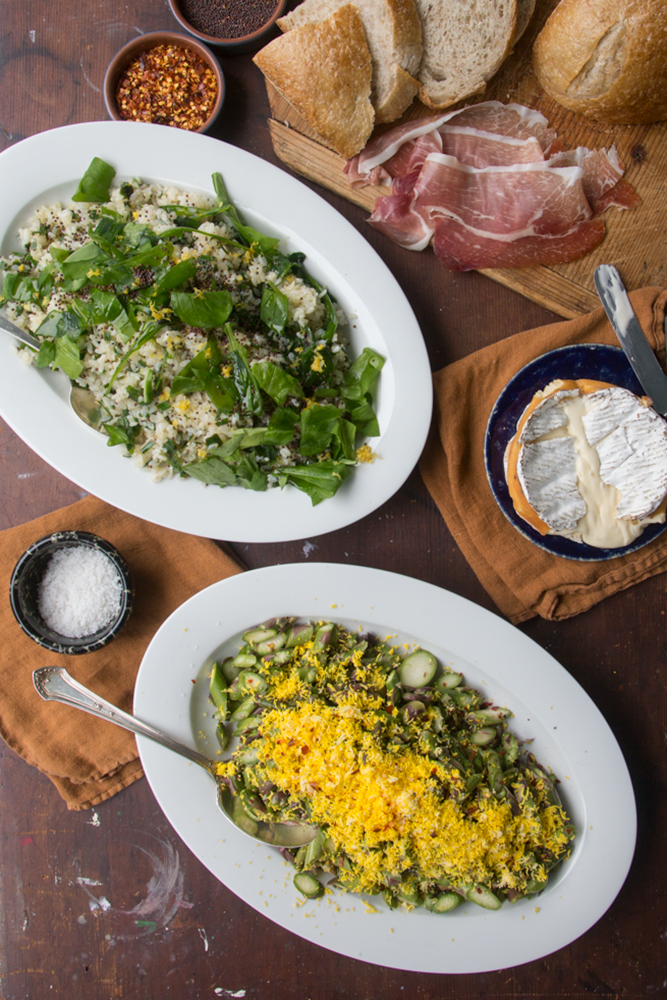
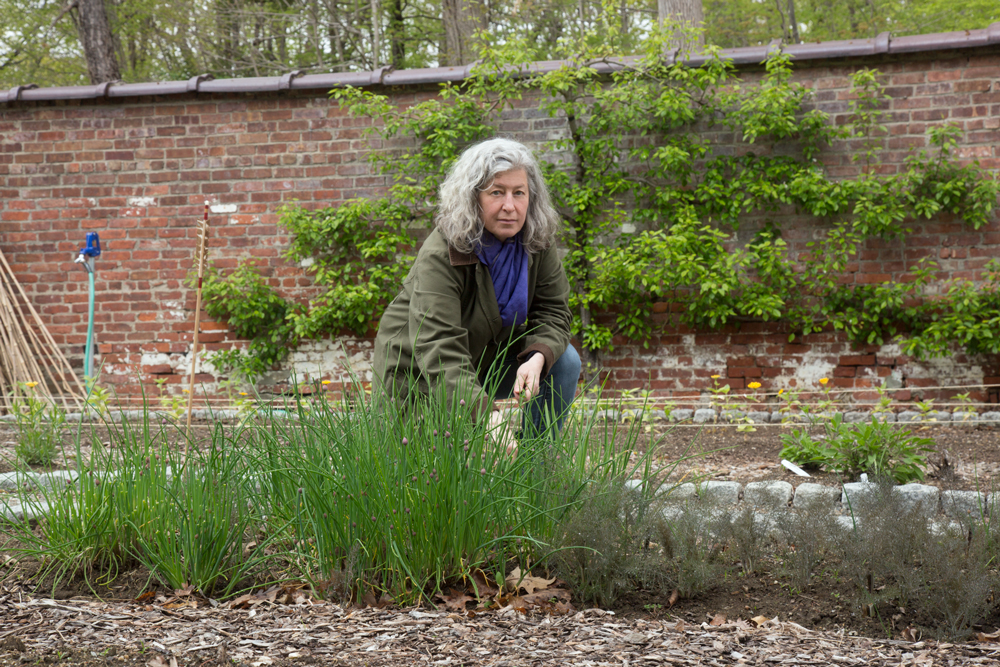
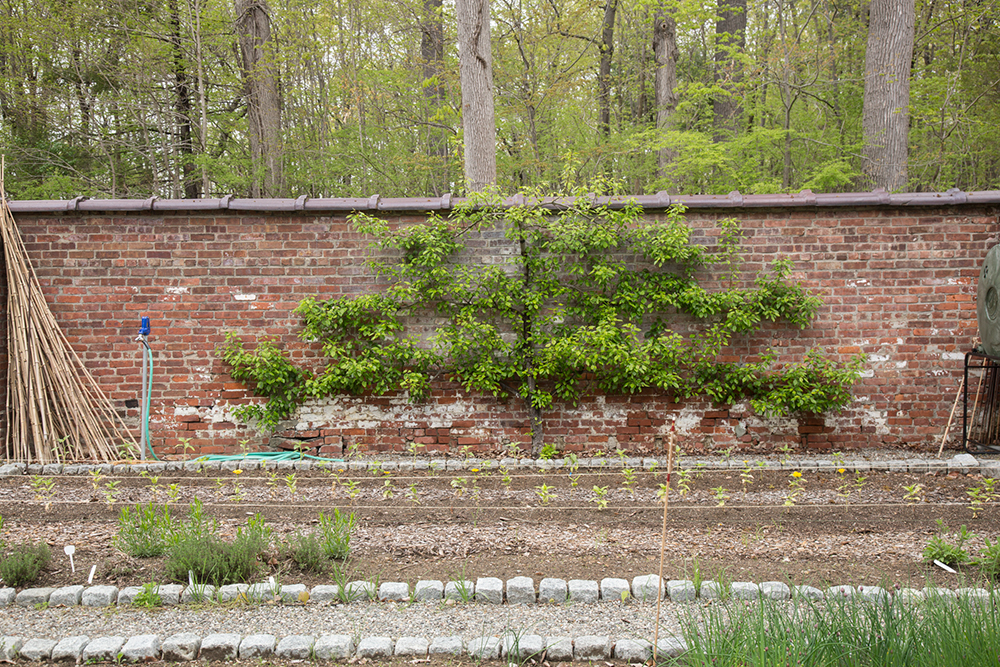
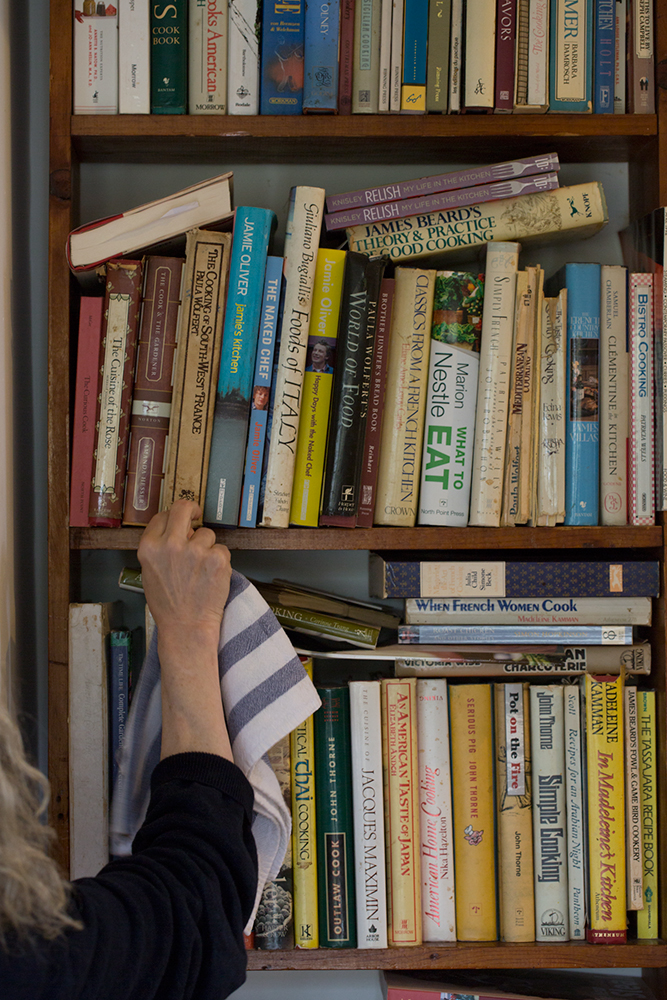
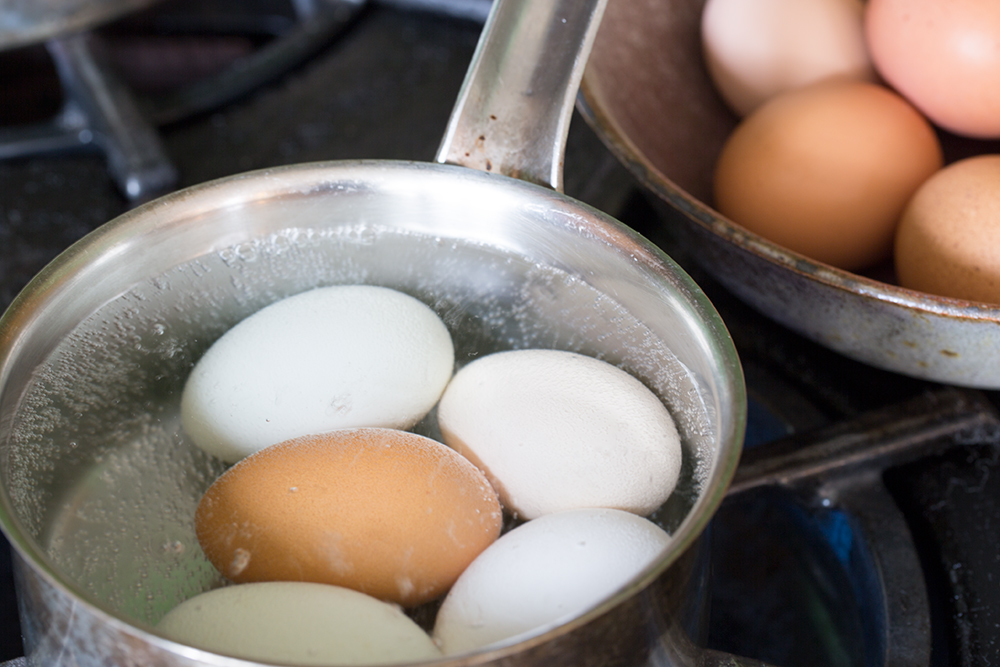
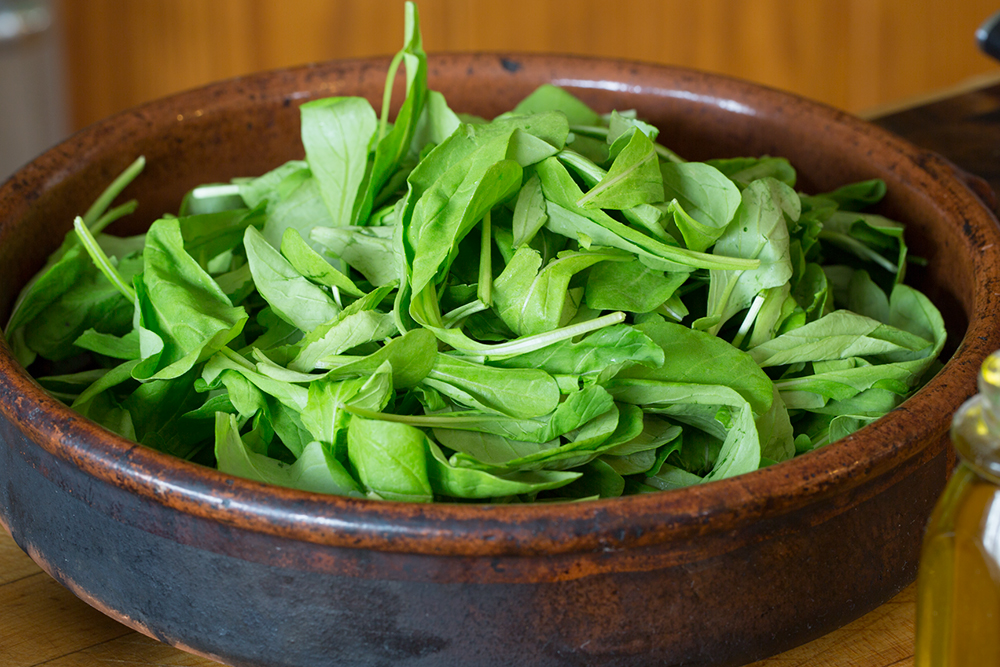
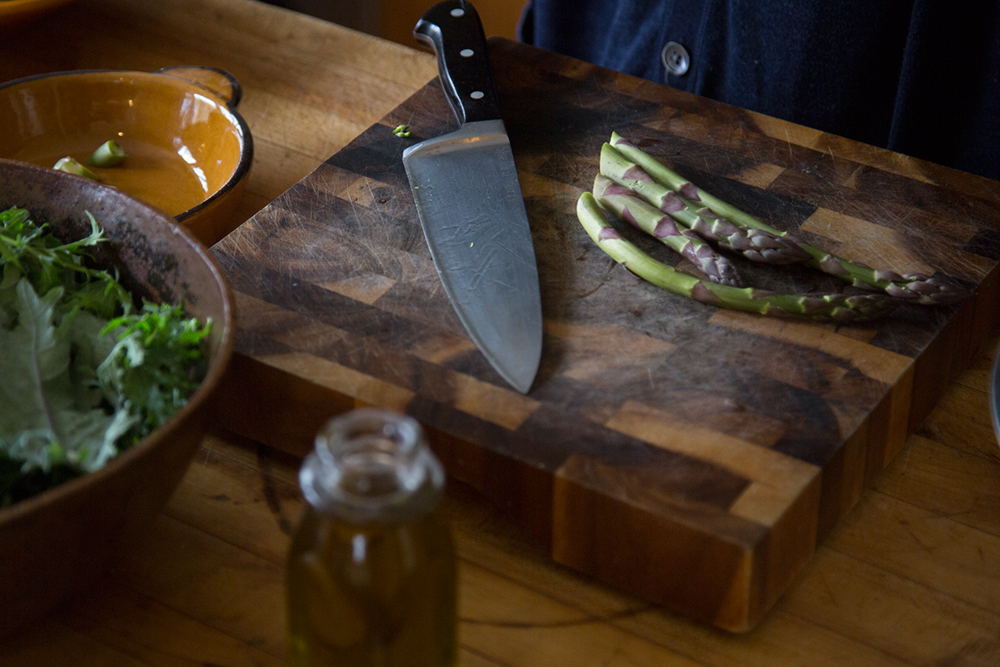
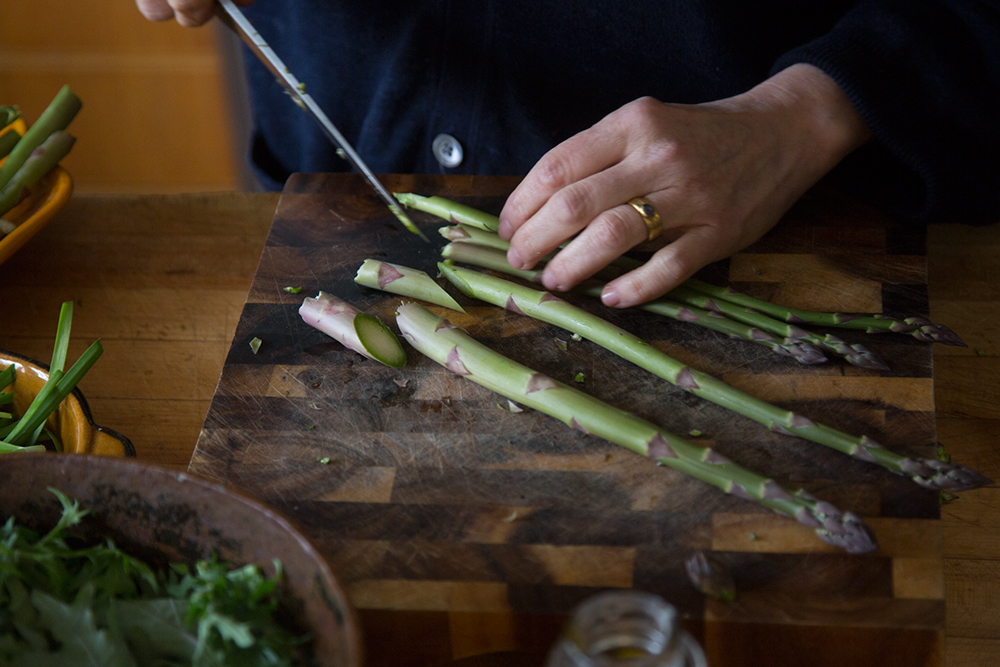
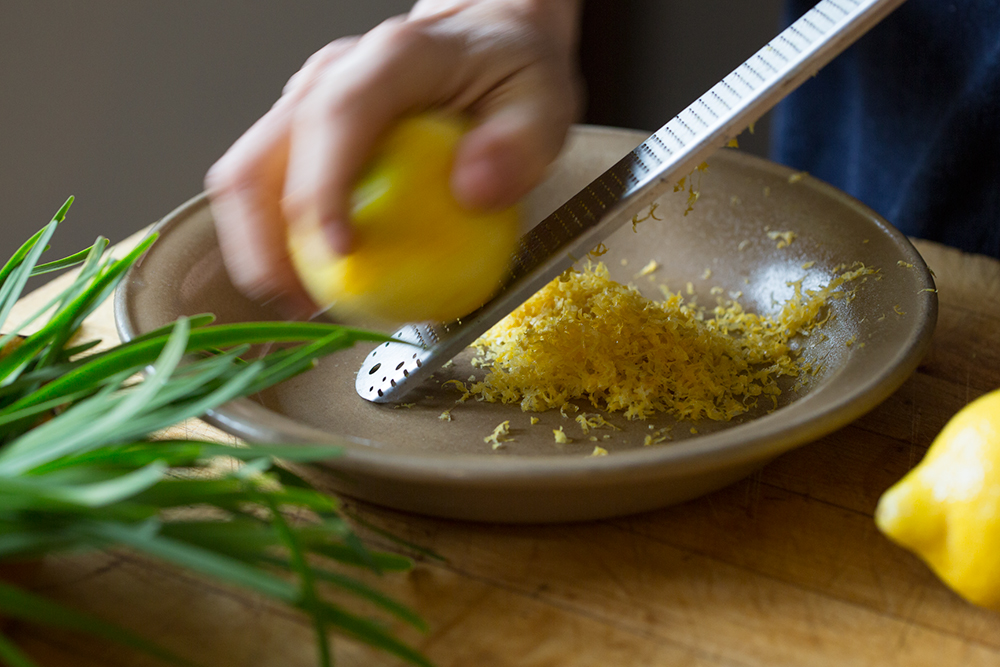
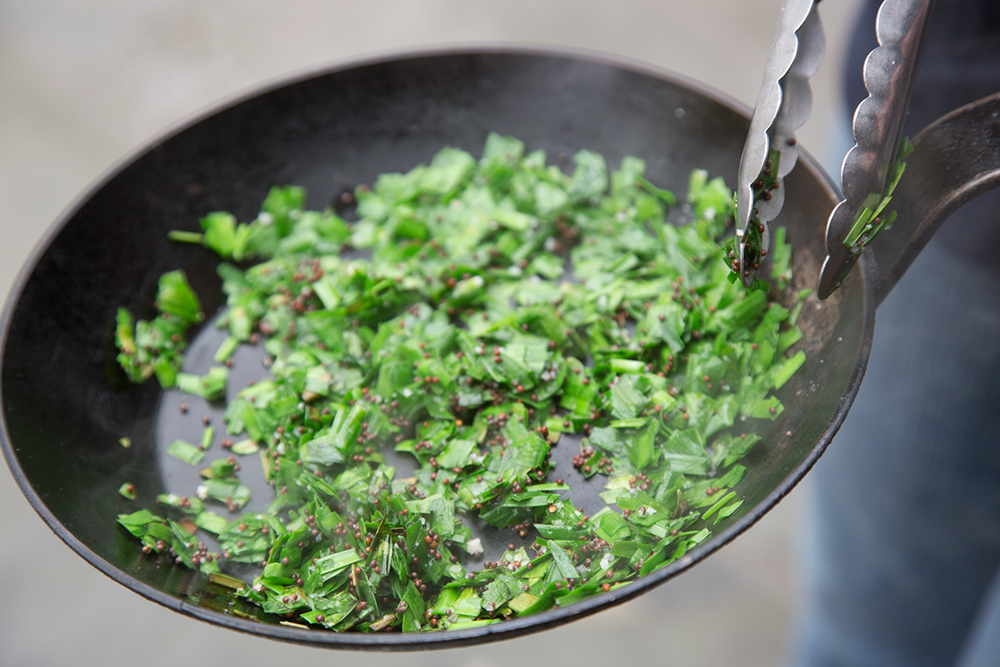
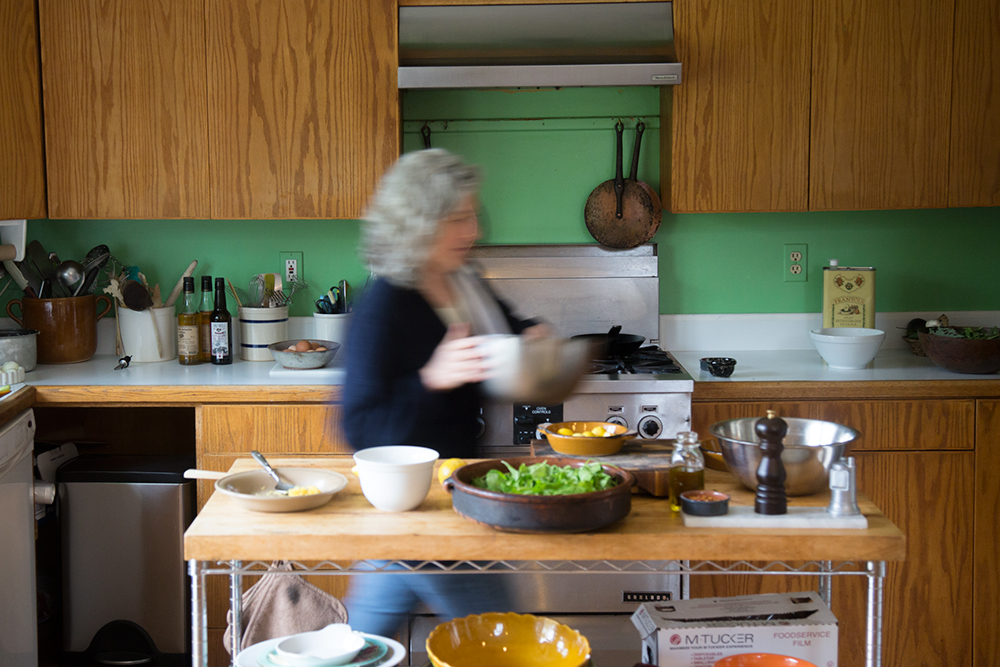


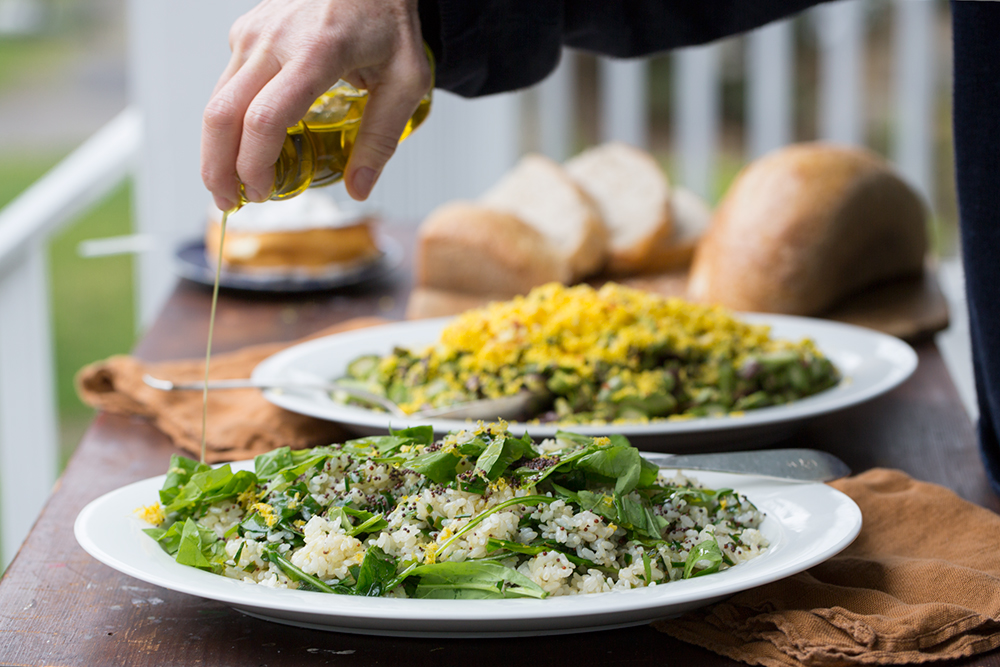
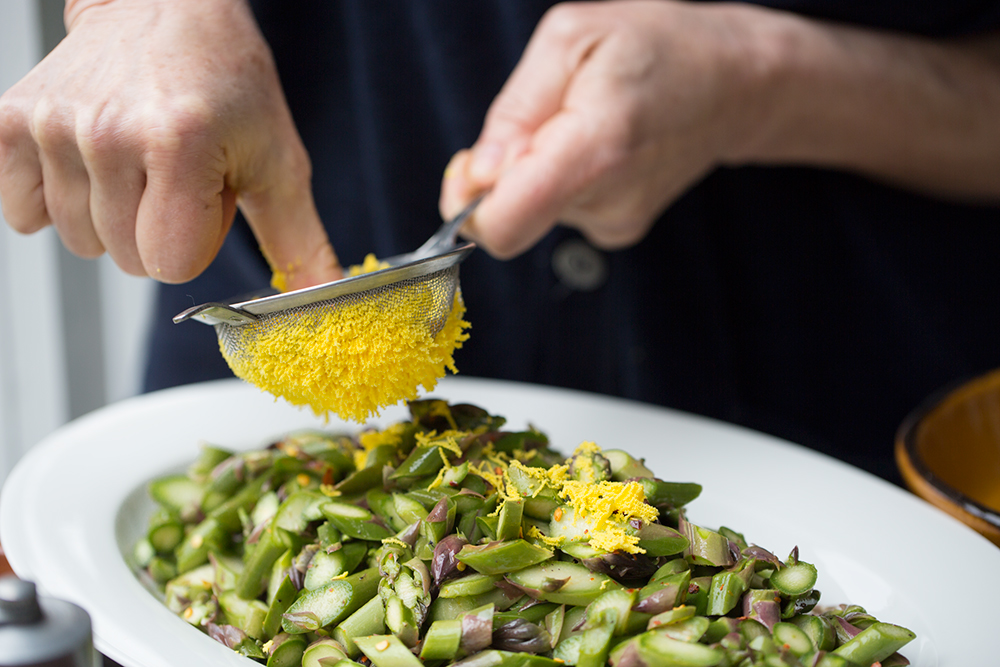
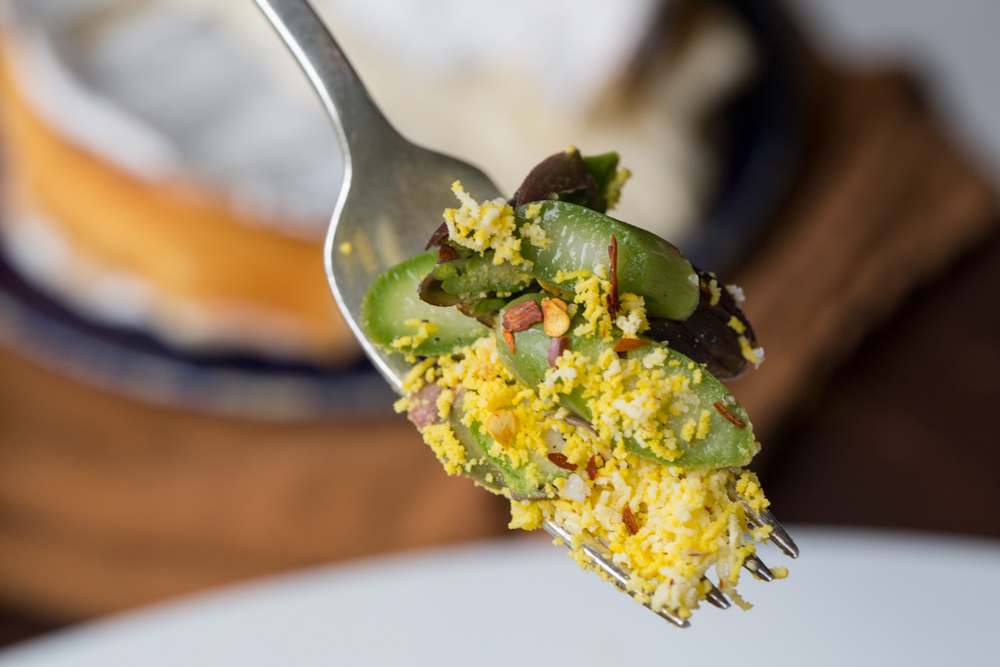
INGREDIENTS
- arugula,
- asparagus,
- egg,
- garlic chives,
- haiga rice,
- hazelnut oil,
- mustard seeds,
- red pepper flakes,
- RICE
NOTES
Haiga rice is a creamy, flavorful, short-grained, partially polished, Japanese type rice I buy in a Korean market, grown in California.
The taste of raw asparagus is sweet and satisfying, a bit like eating fresh peas form the pod.
RECIPE
DIFFICULTY
EASY
SERVES
8
PREP TIME
45 MINS
Haiga Rice Salad
-
1 1/2cupshaiga rice (jasmine is a good substitute)
-
1tbsgrapeseed oil
-
1/4cupChinese chives cut into 1/8” pieces, substitute ramps or scallions
-
1tspbrown mustard seeds
-
A few pinches of course sea salt
-
2cupsarugula
-
1/4cupolive oil
-
3tbsfreshly squeezed lemon juice
-
Zest from 2 lemons
Raw Asparagus Salad
-
1large bunch asparagus
-
1/4cuptoasted hazelnut oil. (I like LeBlanc brand. Walnut oil or good fruity olive oil can be substituted)
-
2tbssherry vinegar
-
Generous pinch or two of coarse sea salt
-
1/2tspred pepper flakes
-
Freshly ground black pepper
-
2hard-boiled eggs, yolks only
INGREDIENTS
- arugula,
- asparagus,
- egg,
- garlic chives,
- haiga rice,
- hazelnut oil,
- mustard seeds,
- red pepper flakes,
- RICE
If there was one thing about my wedding that I was nervous about, it was the food. I had been to so many events where the dinner was cold, or chicken rubbery, and I hated the idea of spending all that money just to serve 200 people a mediocre meal.
I did tastings with a few fancy NY caterers, and was underwhelmed. One even dared to over-salt the salad. Unacceptable. Then I found Shelley Boris. Adam and I visited her up at The Garrison Institute, the meditation retreat where she is based, and for which she caters. We spent all afternoon not just tasting, but critiquing, brainstorming, adjusting and getting excited about new ideas for a menu. Totally unpretentious, no pomp and circumstance, just amazing food made with love. It felt a lot like collaborating in the studio, which makes sense because Shelley is an artist, by training and at heart.
At the end of our wedding reception, the recurring comment from friends and family was, “the food was great, like eating at your house, but better.” Based in the Hudson River Valley, Shelley’s company, Fresh Company, manages the lunch stand at Storm King Art Center, caters every meal at The Garrison Institute, and takes on some pretty fancy weddings on the weekends. Somehow, Shelley found the time to publish a Cookbook, Fresh Cooking, just released last month. We made two salads in celebration of this major accomplishment, using asparagus grown in The Institute vegetable garden.
Shelley Boris in Her Own Words
Julia: How would you characterize your cooking?
Shelley: I like to cook what I like to eat.
My cooking has evolved over time. I started out quite rigid and rule bound and made things that were complicated. I worked my way through French cookbooks – Julia Child and Paula Wolfert big time. These days I enjoy good ingredients prepared in a conscious and focused way, but I am much looser.
Julia: You cook for Manhattan brides and people on meditation and yoga retreats alike. How would you compare the two challenges?
Shelley: I try to tie them together. I plan every menu that my company (Fresh Company) prepares, whether is it a wedding or lunch for a meditation retreat. I try to approach all my menus as if I am cooking a banquet for my own family — a fictitious, giant, extended family. I used to think of catering as the step child to restaurant food, but I have come to appreciate a great banquet and think hard about making food that doesn’t suffer from being made in large batches or traveling far away.
Julia: Tell me about your recently released cookbook, Fresh Cooking.
Shelley: This book is the culmination of about 10 years work at The Garrison Institute. I finally had the perspective to choose recipes that balanced guests favorites, family recipes and new ideas, into a book that represents the spirit of the food we serve.
Everything is served family style and mostly not prepared à la minute. The food we make at the Institute is a little more austere than what I make at home, less meat, less heat, but within those limits I push to the edge of what’s tasty and give instructions for making many dishes with or with meat.
Julia: You came to cooking by way of fine art. What kind of art did you make? What were your influences?
Shelley: I started out as a potter, but I was draw to painting. I was in art school in the late 70’s. Minimalism, conceptual art, performance art were popular. I would say “less is more” was drilled in and stuck. At SVA I built large shaped paintings. At the time I loved Jasper Johns’ painterly style combined with his layered meanings. I went on to graduate school at Hunter, I studied under Bob Morris, and being a “good” student type, I tried to make sculpture but I don’t think I was really ready.
I have recently (when I have time) returned to painting.
Julia: At what point did you transition into a career in cooking/catering?
Shelley: While I was at Hunter working towards an MFA, I moved to Crosby Street and started selling cheese at Dean & DeLuca on Prince Street. The food world in lower Manhattan was very exciting at that time. Giorgio DeLuca was importing great ingredients from all over the world that were fairly new to the US market. We were experimenting with regional American ingredients, like fingerling potatoes from France being grown on Long Island, and Italian arugula. We still had butchers and cheese mongers in lower Manhattan — there was a collective interest in these small businesses before all that went away. Chanterelle restaurant was close by, and the kitchen was just more entertaining to me than my studio. I meant to go back to finish at Hunter but never did.
Julia: How does your art practice factor into your life now?
Shelley: I love materials like charcoal, wax, paint and pencils the way I love basic ingredients like onions and eggs. As a mildly dyslexic person, computers and smart phones are a godsend, but the textures and smells and feel of art supplies and food still hold a great attraction for me. I paint when I can.